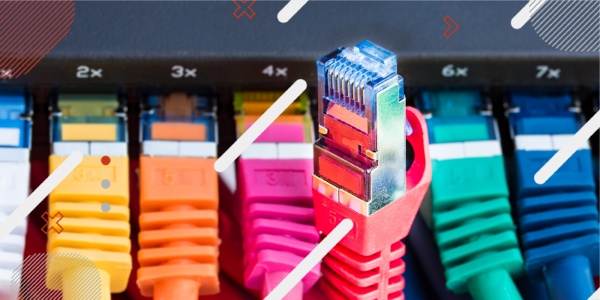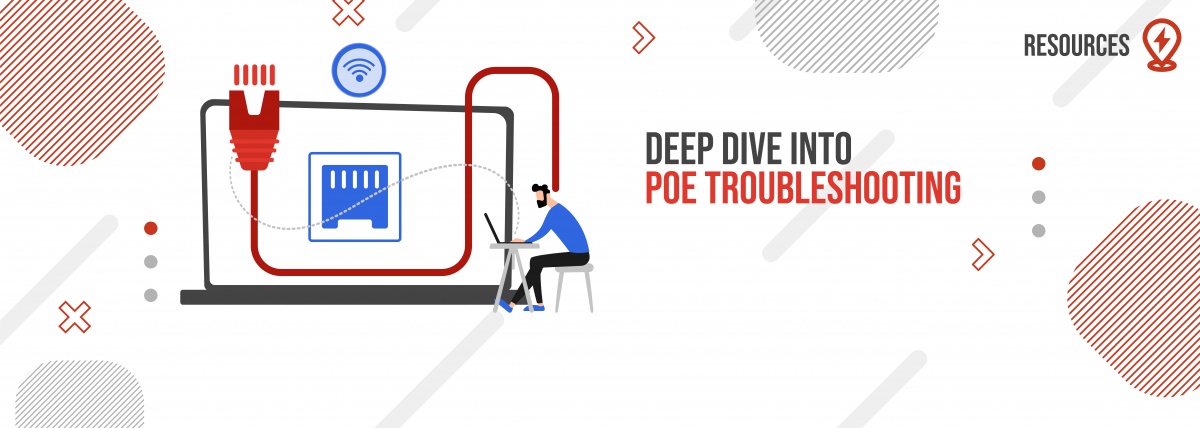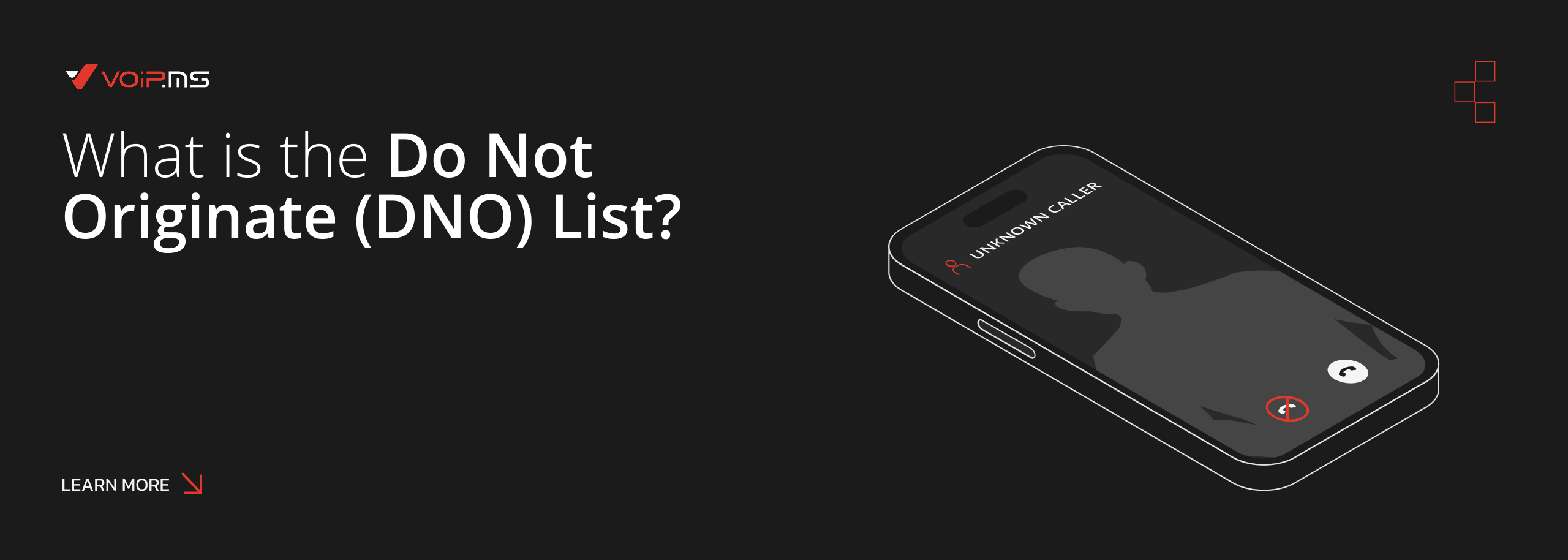Deep Dive Into PoE Troubleshooting
30 July 2021Over the past few years, VoIP systems have become the go-to phone system solutions for businesses everywhere. And that makes sense because they come with some serious advantages. And the biggest one is their flexibility. With a VoIP system, you gain unprecedented control over call routing, hunt groups, and forwarding options. But you also gain the ability to add new extensions and handsets anywhere there’s a free ethernet port. That makes it easy to reconfigure your phone system when the need arises without having to call in an expert.
But there’s a bit of a catch. It’s that VoIP phones often rely on power over ethernet (PoE) to function. And although PoE systems are designed to be plug and play, they don’t always work that way in the real world. That means you might need to do some troubleshooting every once in a while to get your handsets to work. To help, here’s an overview of PoE in VoIP systems. We’ll cover what it is, why VoIP systems use it, and some of the common issues that keep it from working correctly. By the time we’re done, you’ll be able to have a better understanding of how to properly troubleshoot any issues that you may bump into. Let’s get started.
What is PoE?
Put simply, Power over Ethernet refers to a type of technology that allows for the transmission of low-voltage electricity over standard networking cables. This makes it possible for a variety of networked devices to operate without needing a separate power source like a battery pack or a standard wall outlet. But it’s not as simple as it sounds. When your network includes PoE equipment, it has to include some safeguards to keep from damaging non-PoE devices. To do it, most PoE equipment includes the ability to auto-sense the capabilities of connected devices to decide whether to send power over a given port or not.

Why do VoIP Systems Use PoE?
It’s easy to understand why VoIP systems use PoE whenever possible. It’s that it reduces installation costs and increases the flexibility of the whole system. In the old days, a standard phone would require a dedicated cable to carry its signal along with a tiny amount of electricity (that’s what allowed old phones to ring). But when phones went digital, things got more complicated. Standard digital phones needed a separate power source to function. Without it, their LCDs and advanced features couldn’t work, and they’d be little more than a fancy paperweight. So, when PoE made it possible to go back to a single-cable system, VoIP designers jumped at the chance. But that also means any failure of your PoE system can cripple your VoIP phones and make it impossible to add new ones.
Troubleshooting Common PoE Issues in a VoIP System
Most of the time, a PoE-enabled VoIP system will work as intended. All you should have to do is plug a phone into a live ethernet port, and the equipment at the other end will do the rest. But if that doesn’t happen, several problems could be causing it. Plugging in a new phone and not getting power is the most common PoE problem that VoIP users experience. It’s also the problem with the most possible root causes. So, if you run into this issue, try the following troubleshooting steps:
1. Connect a known working phone to the same wall port and see if it will power on. If it does, you may have a faulty handset. If not, you now know it’s an issue with power delivery to the port. 2. If so, the next thing you should do is to leave the new phone plugged in and look at the corresponding port on your PoE network switch. Depending on the model, it should have indicators to tell you when the port has a data connection and when it has a PoE connection.
If the data indicator is lit up, but the PoE indicator isn’t, there’s a good chance the switch didn’t detect that your device needs power. If that’s the case, you may need to reboot the switch to let it autodetect the device again. 3. If rebooting hasn’t fixed the problem, that leaves you with two other possible causes. The first is that the cable run to the wall jack you’re using is faulty. You can test this by plugging your handset straight into the corresponding switch port using a short ethernet cable. If it turns on, the wiring to the wall jack is likely to be the cause of the issue your device is currently experiencing. 4. If you’ve eliminated a cabling issue, the last thing to check is to see if you’ve exceeded your PoE switch’s power capabilities. Because different PoE devices draw different amounts of power, your switch may not be able to support everything you’ve plugged into it. To find out, you should first look up your PoE switch’s specifications to find out what its maximum power output is. Then, add up the power requirements of all of your PoE devices. Some will have this information printed right on them along with their model and serial numbers. You may need to look up the ones that don’t to find out how much power they require. If your power needs have exceeded your PoE switch’s capabilities, you may need to purchase a more powerful switch.

Advanced Troubleshooting
In most cases, the steps listed above should help you identify the cause of any PoE issue you’re having. But there are some types of problems that you may not be able to diagnose and solve on your own. If you’ve gone through the steps and still can’t isolate the issue, there are a few more things that could be causing problems.
The first one would be the possibility that the port you’re plugging your new phone into is configured not to deliver power. This is sometimes done as a means of preventing you from plugging too many devices in and overburdening your switch. Or, it may be an oversight from when your system was installed. Either way, it’s an issue to leave to an expert who can advise you on how to correct the problem.
The second is the possibility of a faulty switch port. If this is the cause of your problem, there’s nothing you can do other than to plug your new phone into a spare port that’s working. But you don’t want to leave it at that. Since most PoE switches include integrated ports, a single port failure could indicate a more serious problem. If you suspect that a port has failed, you should contact a qualified technician to confirm it and replace your switch as soon as possible.
The Bottom Line
At the end of the day, having a VoIP system that relies on PoE is well worth any chance of running into problems. It makes your management, configuration, and system maintenance much easier. And more often than not, it will work exactly as advertised.
But for those rare moments when things don’t work as they should, you now have some tools that may come in handy in order to attempt having your device working properly. If you are having any issues with your incoming calls, you may also refer to the following article You’ll find that there’s a simple solution for the majority of issues you could encounter. And even if you run into a more complex issue you can’t fix yourself, we have our technical support available to help you diagnose and help toward your situation.
Share:
Back to Blog





